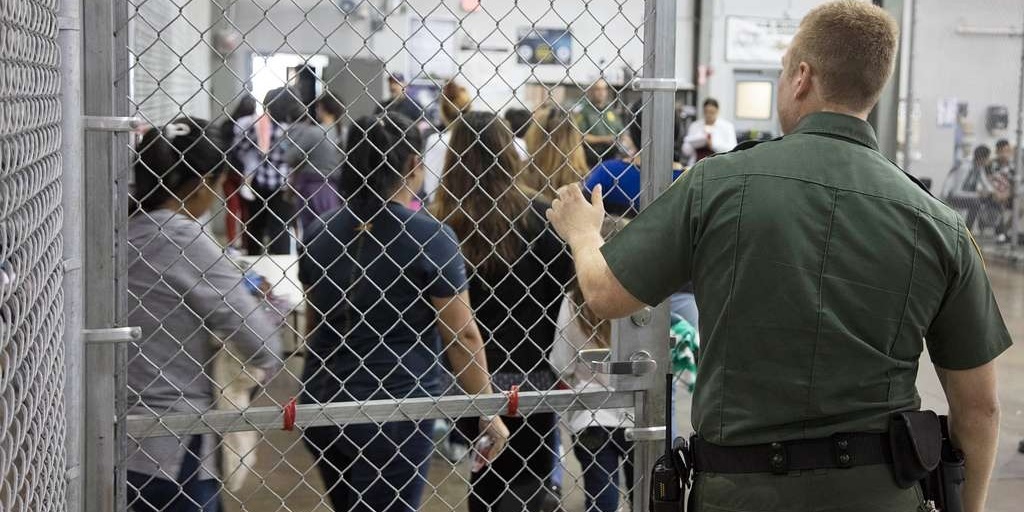One of the biggest concerns after the end of the Title 42 policy of mass expulsion at the U.S.-Mexico border was that large numbers of people would cross in the hours and days afterward. When the switch happened last Friday at midnight, people feared that bottlenecks throughout the processing system would lead to dangerous overcrowding in border facilities.
The good news is that the worst-case scenario didn’t materialize. In the days after the Title 42 order expired, about a third as many people crossed from Mexico into the U.S. between ports of entry as officials expected. But border overcrowding is still a concern. A lawsuit in Florida is a major reason why.
Hours before the Title 42 order’s expiration, Judge T. Kent Wetherell, II, of the Northern District of Florida issued a temporary order preventing U.S. Customs and Border Protection (CBP) from implementing a memo it had issued to prepare for the expected influx. The memo would have authorized agents to release some asylum seekers on parole under certain conditions to prevent overcrowding.
The judge held that the memo was too similar to one he’d previously enjoined, barring CBP from releasing anyone on parole under an Alternatives to Detention (ATD) program. This week, Judge Wetherell converted the temporary order to a preliminary injunction, which will remain in place until final judgment or until it’s overturned (or stayed) by a higher court. The U.S. government has appealed the preliminary injunction to the Eleventh Circuit Court of Appeals.
Judge Wetherell’s injunction cited the relatively low levels of border crossings in the past week as an argument for forced mass detention. “As of May 14, only 22,259 [migrants] were in custody,” he noted, compared to approximately 28,000 on May 10
What he didn’t mention is that Border Patrol facilities are still overcrowded. In the days leading up to the Title 42 switchover, CBP’s rated capacity was 19,000, according to news reports, so the system remains well over capacity. And any increase in border crossings, or a move to hold people in Border Patrol custody for longer instead of turning them over to Immigration and Customs Enforcement – like by holding asylum screenings in CBP phone booths – will nudge that number up further.
ICE, for its part, prepared for the expected border crunch by allowing its facilities to go back to 100% capacity, up from the 75% capacity it had remained at for years due to the COVID pandemic. The result is that about 8,500 more detention beds are available to ICE. That’s enough to substantially increase the government’s ability to detain asylum seekers until it can deport them. But more beds won’t prevent a bottleneck like those we saw in 2018 and 2019, when ICE’s failure to process people quickly led to them languishing in CBP facilities for days on end.
Detention can be dangerous for migrants, especially if they are already vulnerable. But CBP facilities can be particularly unsafe. And the more people are stuck in remote border facilities, the more likely it is that someone will die before medical care can arrive. Indeed, on Wednesday, an eight-year-old daughter of Honduran parents, with a congenital heart condition, died in Border Patrol custody – the first child death in a Border Patrol facility since 2019.
It’s not okay. It’s not necessary. And if the Florida ruling stays in place and continues to limit options for safely releasing asylum seekers, it is more likely to happen again.
FILED UNDER: Customs and Border Protection, Florida, Title 42


